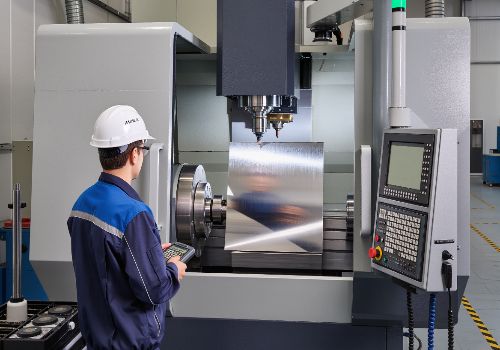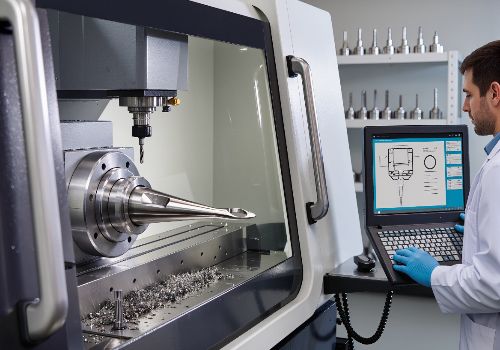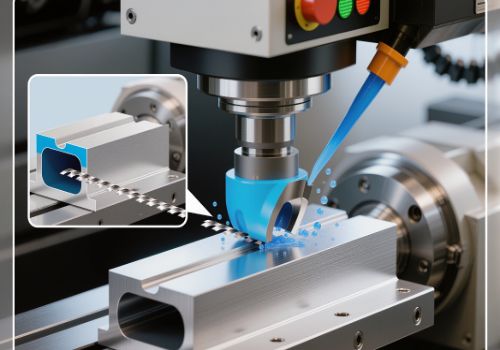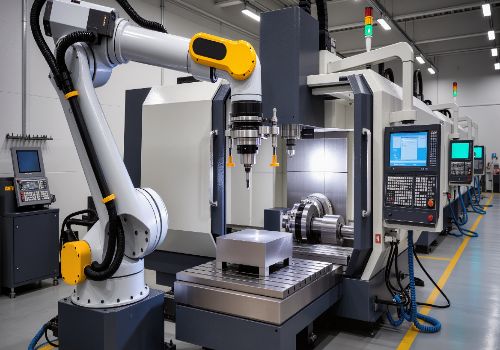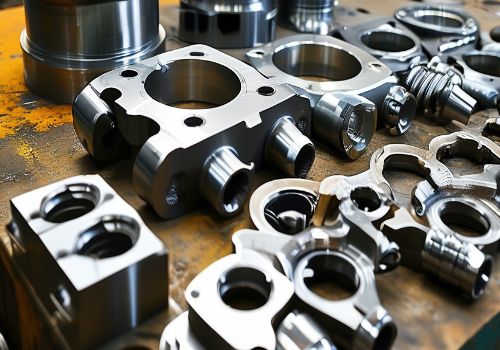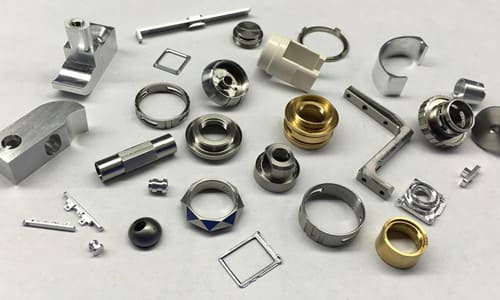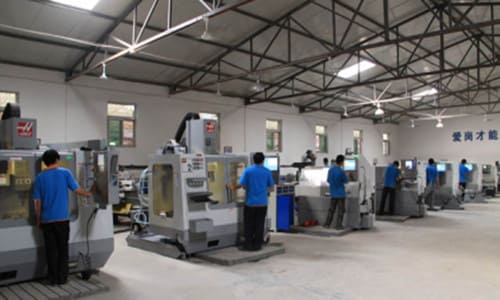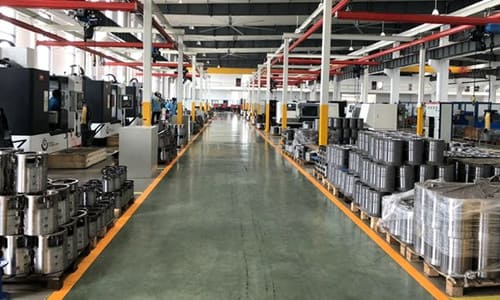Introduction
Selecting the right CNC lathe chuck is critical for precision, productivity, and workpiece safety. With various chuck types available—from hydraulic to collet systems—making the best choice depends on your material, part size, and production requirements.
In this guide, we’ll break down the key factors in choosing a CNC lathe chuck, compare different types, and provide expert recommendations to optimize your machining process.
What Is a CNC Lathe Chuck?
A CNC lathe chuck is a workholding device that securely clamps raw material or workpieces during turning operations. It attaches to the spindle and rotates the part while cutting tools shape it. The right chuck improves:
✔ Grip strength – Prevents slippage under cutting forces
✔ Runout accuracy – Ensures tight tolerances
✔ Speed of operation – Reduces setup time
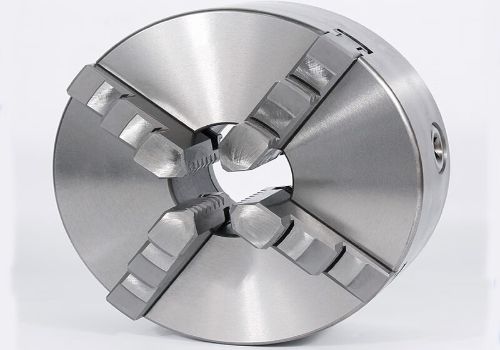
Types of CNC Lathe Chucks
1. Three-Jaw Chuck (Universal Scroll Chuck)
-
Best for: Round/hexagonal stock
-
Pros: Self-centering, fast setup
-
Cons: Less grip on irregular shapes
2. Four-Jaw Independent Chuck
-
Best for: Square/rectangular/irregular parts
-
Pros: Adjustable jaws for custom clamping
-
Cons: Manual centering required
3. Hydraulic/Pneumatic Chuck
-
Best for: High-speed production
-
Pros: Automatic clamping, consistent pressure
-
Cons: Higher cost, needs power supply
4. Collet Chuck
-
Best for: Small, precision parts (e.g., medical, aerospace)
-
Pros: Excellent concentricity (±0.0002″)
-
Cons: Limited size range
5. Combination Chuck
-
Best for: Mixed production (switches between 3-jaw and 4-jaw modes)
-
Pros: Flexible for different jobs
-
Cons: More complex setup
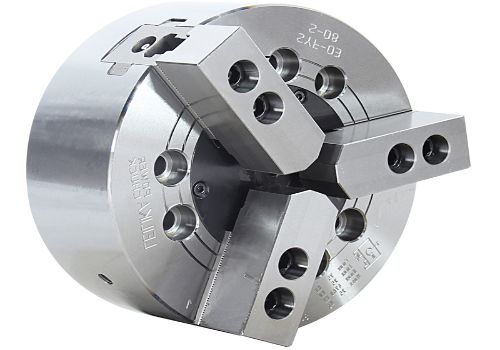
Key Factors in Choosing a CNC Lathe Chuck
1. Workpiece Material & Shape
-
Round stock → 3-jaw or collet chuck
-
Irregular shapes → 4-jaw independent chuck
-
Delicate materials → Low-pressure hydraulic chuck
2. Production Volume
-
Low-volume/prototyping → Manual 4-jaw chuck
-
High-volume → Hydraulic/pneumatic chuck
3. Precision Requirements
-
Ultra-high precision (±0.0005″) → Collet chuck
-
General machining (±0.005″) → 3-jaw scroll chuck
4. Chuck Size & Spindle Compatibility
-
Match chuck diameter to lathe swing capacity
-
Confirm mounting type (A1-6, D1-4, etc.)
5. Speed & RPM Rating
-
High-speed machining? Check chuck’s max RPM rating
-
Unbalanced parts? Use a dynamic balancing chuck

Chuck Accessories to Improve Performance
✔ Soft Jaws – Custom-machined for better grip
✔ Step Jaws – For holding different diameters
✔ Anti-Vibration Pads – Reduce chatter in thin parts
Common Mistakes to Avoid
❌ Using wrong jaw type (hard vs. soft jaws)
❌ Ignoring RPM limits (safety hazard)
❌ Overtightening (can distort workpiece)
❌ Poor maintenance (leads to chuck wear)
Conclusion
Choosing the right CNC lathe chuck depends on part geometry, material, precision needs, and production volume. For high-speed repeatability, hydraulic chucks excel, while collet chucks are best for micro-precision. Always match chuck specs to your lathe’s capabilities.
Need help selecting the perfect chuck? Contact our experts for a personalized recommendation!


